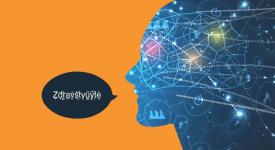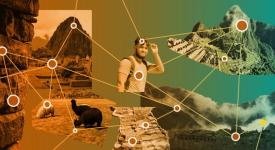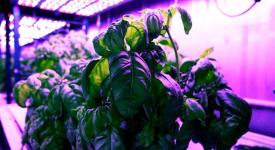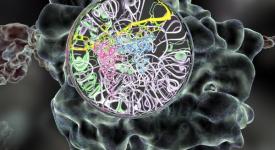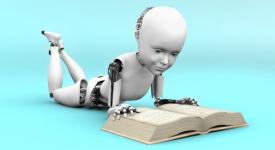All That Jazz: Improving Automated Piano Note Transcription
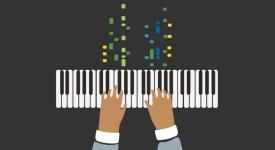
11/17/2021 - Any fan of jazz music can attest to the beauty of musical improvisation. However, many famous improvisational piano pieces aren't recorded in sheet music. “There's a lot of music that exists in the world that doesn't have musical transcriptions because it was played improvisationally—virtuosos that never decided to write anything down,” explained Varun Rajaram. This is because transcribing the notes of a piece (especially polyphonic pieces where multiple notes play at a time) is a difficult task even for skilled musicians.




